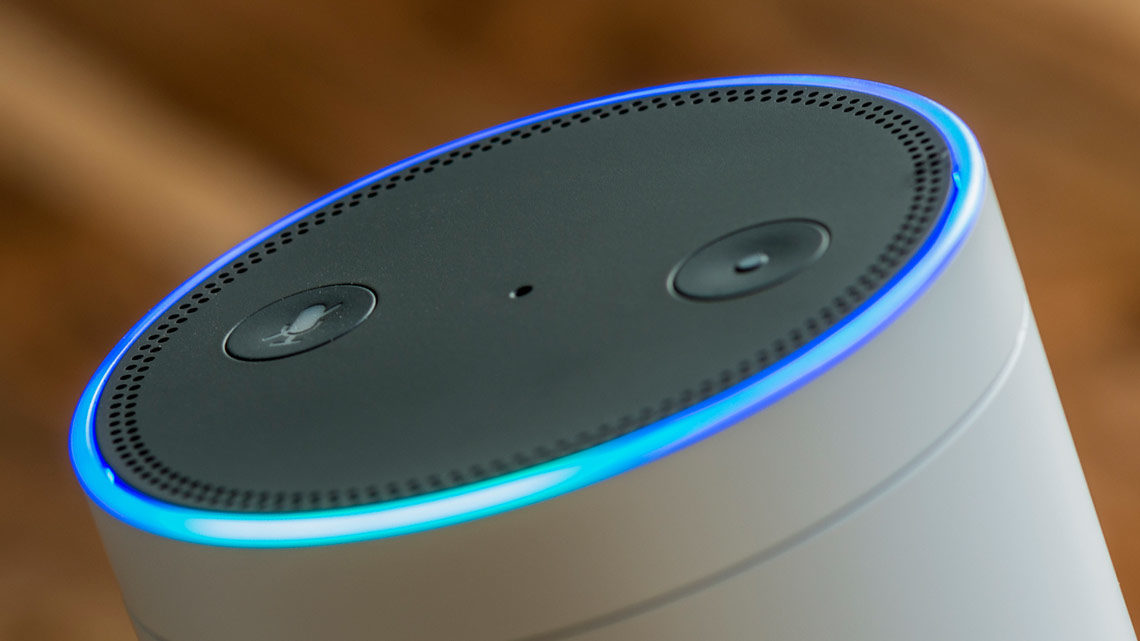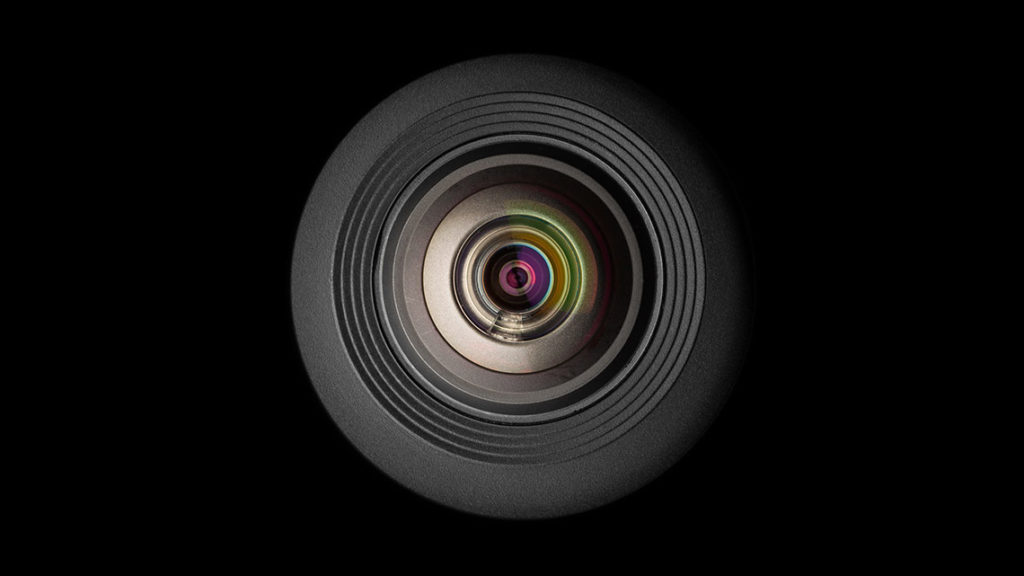According to the Centers for Disease Control, one in three women and one in six men have been victims of physical violence or stalking by an intimate partner. Today, smart technology has given these abusers new ways to harass their victims. Apps and other tools designed to track children or lost devices are being misused by stalkers and abusers to track their victims, harvest text messages and secretly record video.
Smart home devices are giving abusers even more weapons. The New York Times reports that, “Internet-connected locks, speakers, thermostats, lights and cameras that have been marketed as the newest conveniences are now also being used as a means for harassment, monitoring, revenge and control.” Abusers may use apps to control objects (such as lights, music and heating systems), watch and listen to conversations and monitor comings and goings from the home.
Often one person in the relationship controls the technology, knows how it works and has all of the passwords. CSOOnline recommends learning the passwords to the router, Wi-Fi and smart devices in your home so that you can control them. “If only one person in a relationship knows how to control the smart devices and the couple breaks up, then the one who doesn’t know could appear as if she or he were having a mental breakdown when claiming they are being ‘watched’ or that their house seems haunted as lights, thermostat settings, and door lock codes seem to have a mind of their own.” A domestic violence program in Silicon Valley reported having clients put on psychiatric holds in mental health facilities after being the victims of abuse involving these devices.
One victim told the New York Times that her husband, “controls the thermostat. He controls the lights. He controls the music. Abusive relationships are about power and control, and he uses technology.” Disabling the devices can escalate the abuse, according to attorney Jennifer Becker. “The abuser can see it’s disabled, and that may trigger enhanced violence.” Becker also says that remotely setting the home thermostat or turning on the television or lights may not violate a traditional restraining order. Activists are educating first responders about the need to include all smart home devices in a restraining order.
To learn more about the technology and how to protect yourself from this type of abuse, see this resource list from University College London.



